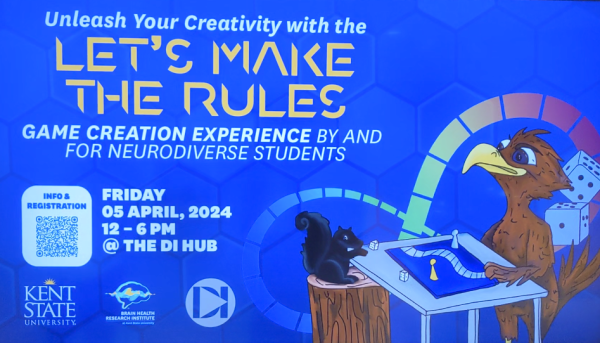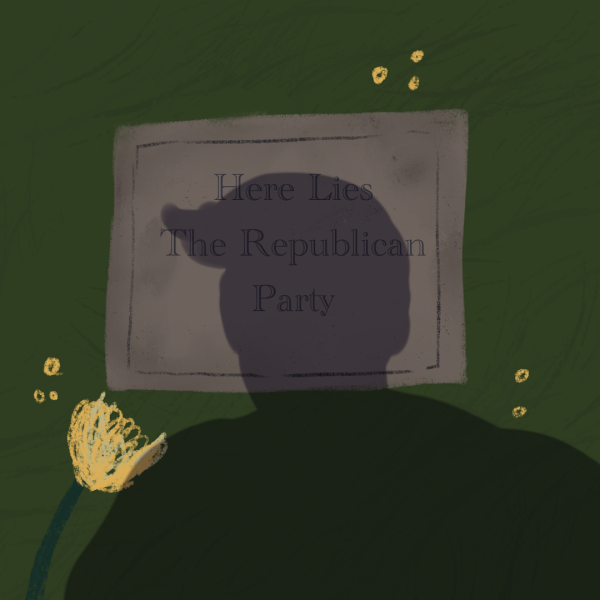BUS Renaissance Ball celebrates its 40th anniversary
November 5, 2009
Event began out of separation, now honors diversity
This year marks the 40th anniversary of the Black United Students Renaissance Ball; however, the event was not always referred to by that name.
The event was originally called the Black Ball in 1969.
Throughout the 1950s and 1960s, Homecoming was a predominantly white tradition, said E. Timothy Moore, assistant dean of the College of the Arts and Sciences and 1971 BUS president. The black students weren’t encouraged to participate in Homecoming activities. They felt more comfortable having their own event.
“We understood that we were black in a predominantly white world,” Moore said.
The campus was mostly white 50 or 60 years ago. Although they were a minority, there was a strong sense of community among black students. When a black student encountered another, he or she would acknowledge the other with, “How are you doing, brother?” or, “How are you doing, sister?” whether or not they knew each other, Moore said.
The racial attitudes at the time didn’t affect the mood of the event. It was very upbeat.
“When we celebrate, we celebrate,” Moore said.
When the ball first began in 1969, attendees wore traditional African attire. The first ball was at the Akron Sheraton Hotel, as Moore said black students generally gathered off-campus to avoid university rules.
Times have since changed. The Black Ball became the Renaissance Ball as racial tensions relaxed and white people began to attend.
Tonight, when students enter the Student Center ballroom, they will walk down a dark hallway to remember a time of segregation and then step out into the main room of bright reds and golds. BUS programmer Olivia Ryan said this transition represents a rebirth.
“(It’s) celebrating that we are accepted now,” she said.
With the existence of Oscar Ritchie Hall and more minority groups on campus, Ryan said the university has come a long way from the Black Ball.
The theme of the ball is the Harlem Renaissance of the 1920s. The night will consist of group dances, best-dressed awards, performances by contestants competing for the title of King and Queen and the crowning of the royalty. Delta Sigma Theta Sorority Inc. will award a scholarship at the ceremony.
BUS president Dylan Sellers said attendees will experience talent they haven’t seen before, including krumping, a style of dancing that has roots in Africa. He added the event is also a chance to witness diversity because students of other races are involved.
The annual event still celebrates black culture, but the entire community is encouraged to attend despite race.
The Renaissance Ball remains the same, but 40 years later Moore said the celebration continues without concerns about race.
“People will always find a way to enjoy one another,” he said.
Contact diversity reporter Kelly Petryszyn at [email protected].























